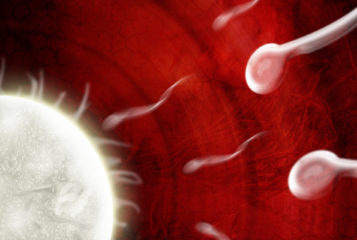A team of scientists has successfully transplanted bioengineered lungs into pigs, paving the way for lab-grown organs in humans.
A US team led by researchers at the University of Texas Medical Branch (UTMB) in Galveston constructed the lab-grown lungs, which continued to grow lung tissue, blood vessels and bacteria that ordinarily live in the lung inside the recipient pigs. The pigs lived for up to two months with the transplanted lungs before being put down.
The team began by harvesting a lung from a donor pig, which they stripped of cells to leave behind a tough protein 'scaffold'. A single lung was then removed from the recipient pig and the cells from this used to repopulate the scaffold. The structure was then incubated with a cocktail of growth factors in a bioreactor for 30 days. Then the researchers transplanted the organ into the recipient pig.
A key step was the use of the recipient's own cells, minimising the chance of tissue rejection. 'We could take cells from people and produce an organ tissue matched to them, with no immuno-suppression needed,' said study co-author Professor Joan Nichols at UTMB.
Lab-grown lungs have previously been transplanted in rats, however such attempts were largely unsuccessful. The key to success in the current study was finding a way to grow and maintain blood vessels – one of the biggest hurdles faced by scientists in the field of bioengineering.
'We were able to make a much better developed vasculature in the lungs... and transplant into a larger animal with a larger lung,' said study author Professor Joaquin Cortiella, also at UTMB.
The results offer hope for an alternative solution for human lung patients awaiting a transplant. 'People wait for a long time on a transplant list before they are able to receive a donated lung,' said , another of the study's authors. The researchers hope that bioengineered lung transplants will be feasible in humans within five to ten years
But first, there are significant challenges to overcome in the pig model. 'We really need to prove that the animals can survive on the oxygen provided by the engineered lung alone... that would prove our concept,' said Professor Nichols.
Professor John Hunt, who researches transplant and tissue engineering at Nottingham Trent University in the UK and was not involved in the study, said that the research was a 'big step' forward.
'[It's] a wonderful result and motivator that we're working on the right things and heading in the right direction.'
The research was published in Science Translational Medicine.





Leave a Reply
You must be logged in to post a comment.